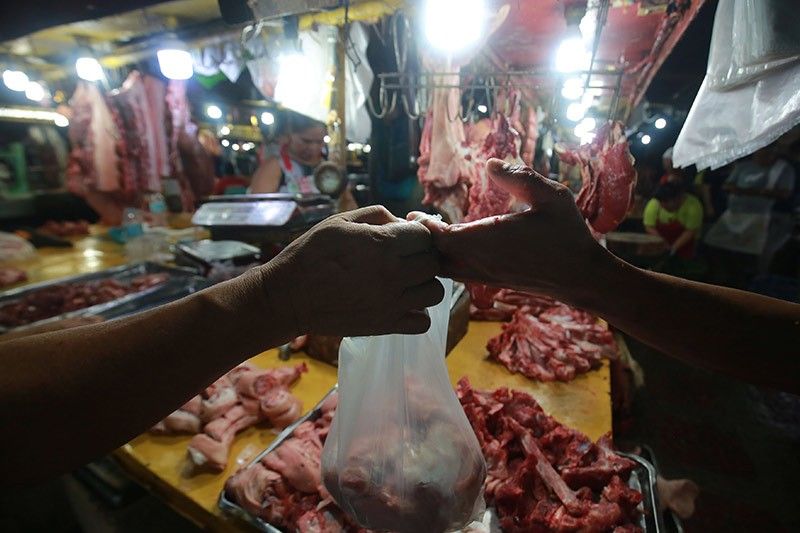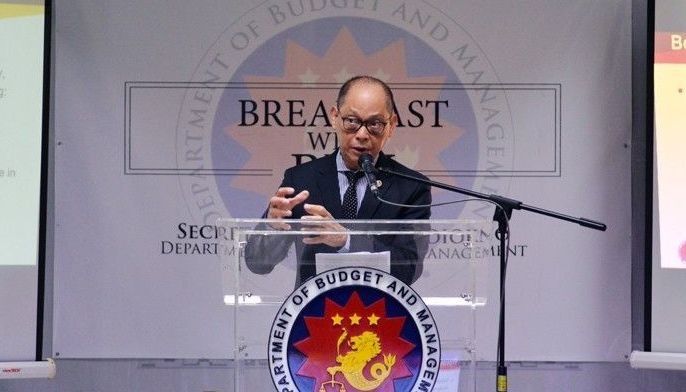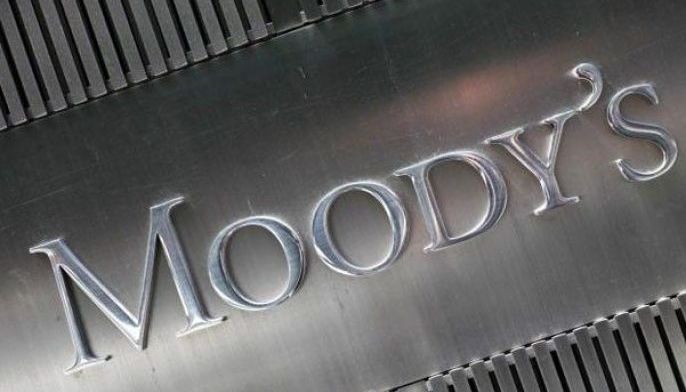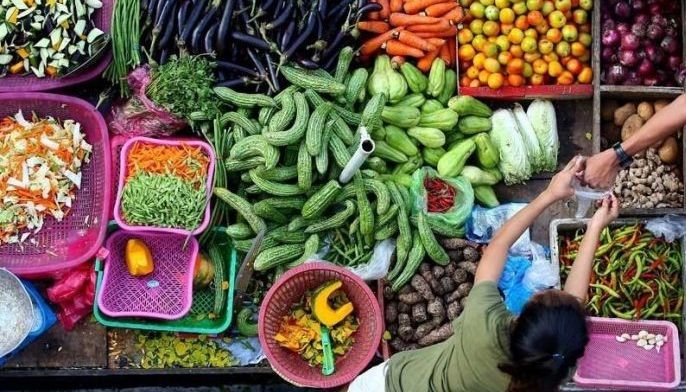Inflation jumps to new 5-year high in June, beats forecasts

BSP chief: June inflation a 'setback'
MANILA, Philippines — The overall increase in prices of key consumer items spiked to a fresh five-year high in June, beating the central bank’s forecast for the month and market estimates.
Inflation accelerated to 5.2 percent in June from May’s 4.6 percent. Year-to-date, inflation averaged 4.3 percent, above the Bangko Sentral ng Pilipinas’ 2-4 percent target range.
The central bank had expected inflation to settle within 4.3-5.1 percent range in June while market watchers had projected an inflation rate of 4.8 percent.
Broken down, the higher-than-expected price hikes in June was driven by a surge in prices of alcohol and tobacco (20.8 percent), transport (7.1 percent) and food (6.1 percent).
In a statement, BSP Governor Nestor Espenilla said the central bank “reaffirms” its commitment to bring inflation back on target “as soon as possible.”
“Higher-than-expected June inflation outcome is a setback. We will review and update our situational assessment and forecast inflation path,” Espenilla said.
“This will shape the strength and timing of our next monetary policy response to firmly anchor inflation expectations,” he added.
People have blamed soaring prices on the Duterte administration’s Tax Reform for Acceleration and Inclusion law, which lowers personal income taxes while raising excise levies on fuel and “sin” products, among others.
Supply-side factors like higher global oil prices—worsened by the continuing depreciation of the peso—are also pushing up commodity prices.
Rate hike calls mount
In a bid to fight inflation and strengthen the local currency, the BSP has introduced back-to-back rate hikes this year. But analysts say more monetary policy actions are necessary to temper inflation.
The central bank has admitted it might miss its target as inflation is projected to average 4.5 percent in 2018, amid risks posed by “second-round” pressures from expected higher minimum wages and public transport fares. But policymakers have vowed to put inflation back on target next year.
“The BSP is behind the curve. Inflation accelerated past target, again. Meaning that it needs to do more to cool an overheating economy,” Trinh Nguyen, senior economist at Natixis, said in a commentary.
“Not only do we have loose monetary policy (real rates low), fiscal policy is also lax. Trade deficit wider,” she added.
Separately, Ruben Carlo Asuncion, chief economist at Union Bank, said the BSP may adjust key rates anew in its next meetings.
“I expected a 4.7 percent on the back of slowing month-on-month momentum. However, I have not discounted another rate hike by next meeting and possibly another one by the end of the year based on how inflation eventually behaves,” Asuncion said.
“This 5.2 percent is higher-than-expected. Nobody in the survey I think expected this. Moving forward, inflation expectations must be anchored accordingly,” he added.
Meanwhile, analysts at Nomura said headline inflation will likely peak only around August or September, before gradually easing from there.
“That said, we believe the risks around our CPI (consumer price index) forecast may now be tilted more to the upside because of upcoming supply-side factors, such as impending increases in power rates and the impact of a higher coal tax,” Nomura said in a research note.
“We believe inflation expectations are also likely to rise further, as evident in rising demand for wage increases,” it added.
Monetary authorities will meet again in August to review policy settings. — with a report from BusinessWorld
The Philippines is the third largest remittance recipient in the world in 2017 with $33 billion, a World Bank report states.
Topping the list were India with $69 billion, followed by China ($64 billion), the Philippines, Mexico ($31 billion), Nigeria ($22 billion) and Egypt ($20 billion).
The report adds that payments from immigrants back to their home countries reached a new record in 2017 but the costs of transferring funds also increased.
In a release April last year, the Philippine Statistics Authority said there were an estimated 2.2 million overseas Filipino workers abroad at any time during the period April to September 2016. — AFP
The Philippine Amusement and Gaming Corp. or PAGCOR reports 9.51% year-on-year net income increase to P1.55 billion in the first quarter of 2019 from P1.42 billion.
— Reicelene Joy Ignacio/BusinessWorld
Fitch Ratings has affirmed the Philippines' credit rating at “BBB” with a “stable” outlook considering the country’s “favourable” growth prospects, but it warns that overheating risks “remain in place.”
“The ratings on the Philippines balance favourable growth prospects, lower government debt, and a net external creditor position against lower per capita income levels, a weaker business environment and lower standards of governance compared with its rating category peers,” the international debt watcher says in a statement.
"However, Fitch believes that overheating risks remain in place, highlighted by rapid credit growth and a widening current-account deficit, although the central bank's stated intention is to remain vigilant against developments that could affect the inflation outlook," it adds.
The Bangko Sentral ng Pilipinas mildly hikes its policy rate, as inflation expectations remain elevated.
The policymaking Monetary Board lifts key rate by modest 25 basis points.
The BSP “deemed it necessary to respond with proactive policy action to help temper the risks to the inflation outlook including those emanating from continued uncertainty in the external environment,” it says.
The Bangko Sentral ng Pilipinas on Thursday mildly hikes its policy rate, as inflation expectations remain elevated.
The policymaking Monetary Board lifts key rate by modest 25 basis points.
The BSP “deemed it necessary to respond with proactive policy action to help temper the risks to the inflation outlook including those emanating from continued uncertainty in the external environment,” it says.
The Philippine economy grows even slower in the third quarter, the country’s statistics agency reports.
Gross domestic product — or the value of all finished goods and services produced in the country — eases to 6.1 percent, lower than the upwardly revised 6.2 percent in the previous quarter and 7.2 percent clip posted in the same period last year.
- Latest
- Trending



































